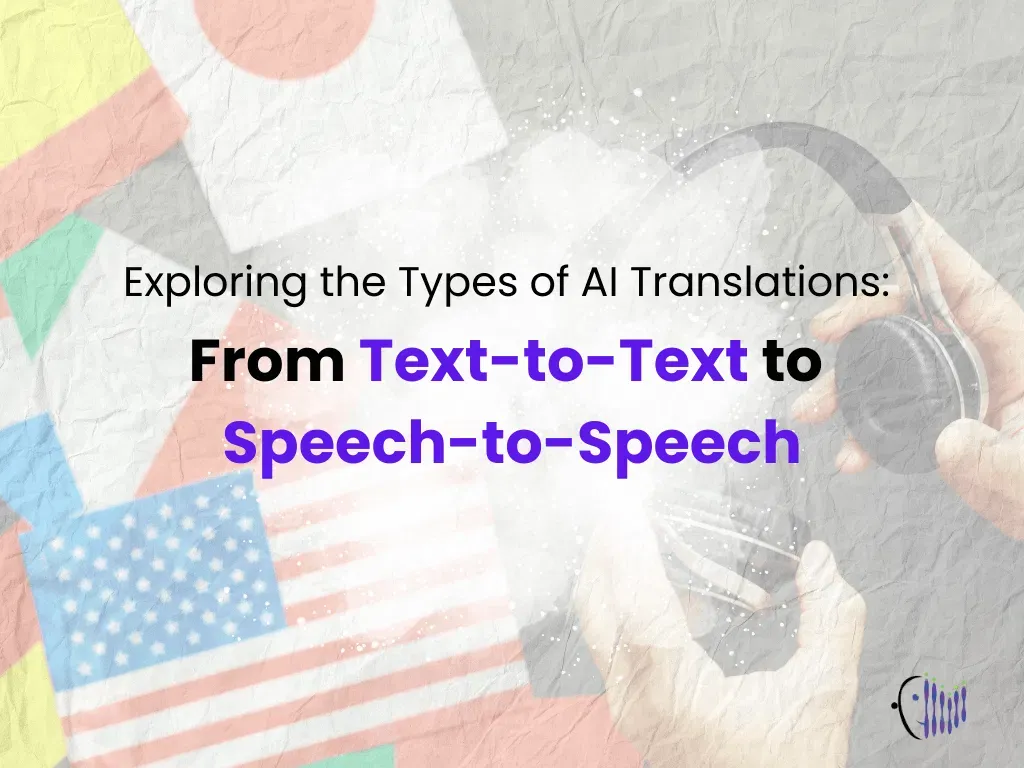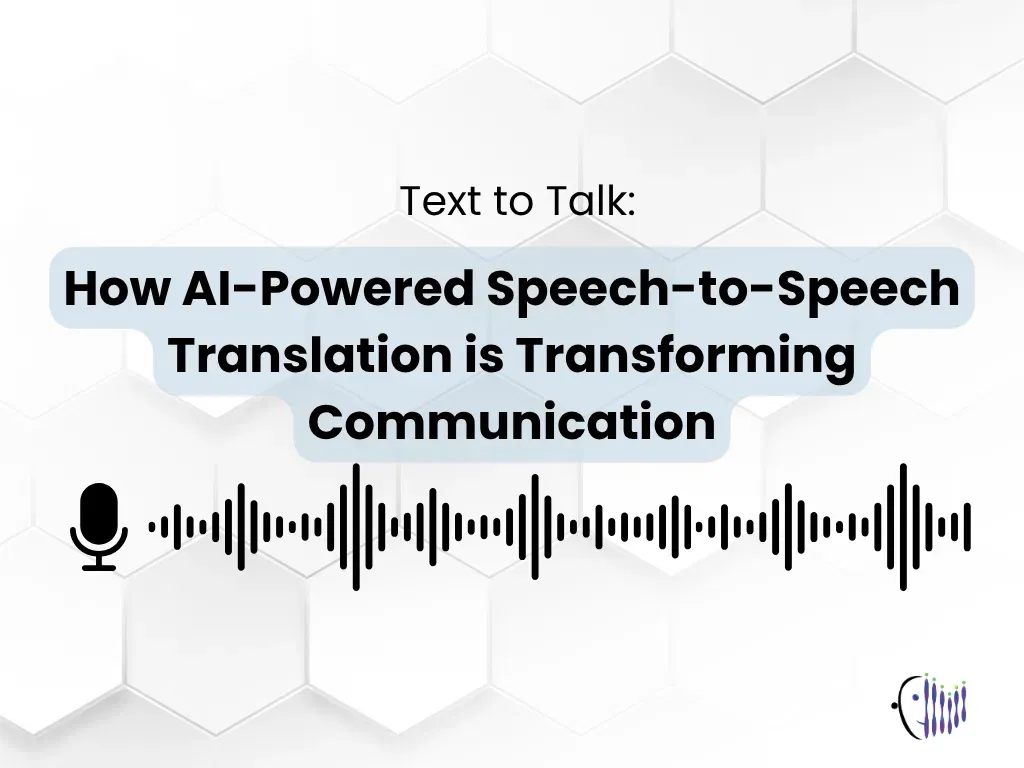Artificial intelligence has revolutionised how we communicate across languages, bridging cultural divides and fostering connection in a more interconnected world than ever.
In this blog post, we’ll explore three main types of AI-powered translation: Speech-to-Text, Text-to-Text, and Speech-to-Speech.
To make it more practical, we’ll highlight real-world tools that exemplify these capabilities.
Let’s dive in!
What is Speech-to-Text Translation?
Speech-to-text translation is a dual-stage technology in which spoken words in one language are transcribed into text and then translated into another language.
This is especially useful for creating subtitles, transcribing interviews, or assisting users with hearing impairments.
Examples of Speech-to-Text translator:
- Otter.ai: Known for its transcription capabilities, Otter.ai supports real-time transcription in multiple languages, making it a favourite for professionals.
- Google Translate’s Conversation Mode: This feature lets users speak in one language and see the translated text in real-time, perfect for casual or on-the-go assistance.
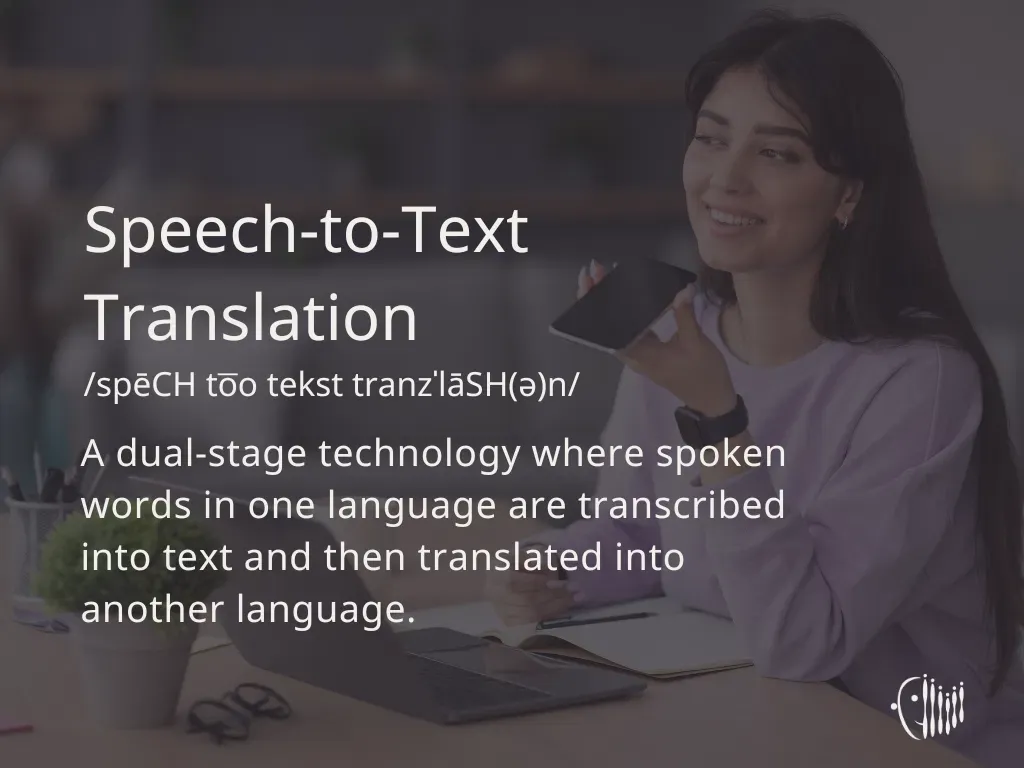
What is Text-to-Text Translation?
Text-to-text translation is a process that converts written content from one language into another.
It is perhaps the most familiar form of AI translation. Text-to-text translation supports everything from business communication to creative writing.
Examples of Text-to-Text translator:
- DeepL: Renowned for its contextually accurate translations, DeepL is popular among professionals who need precise and nuanced translations.
- Reverso: In addition to basic translation, Reverso includes contextual examples and grammar tools, making it a versatile option for learners and professionals alike.
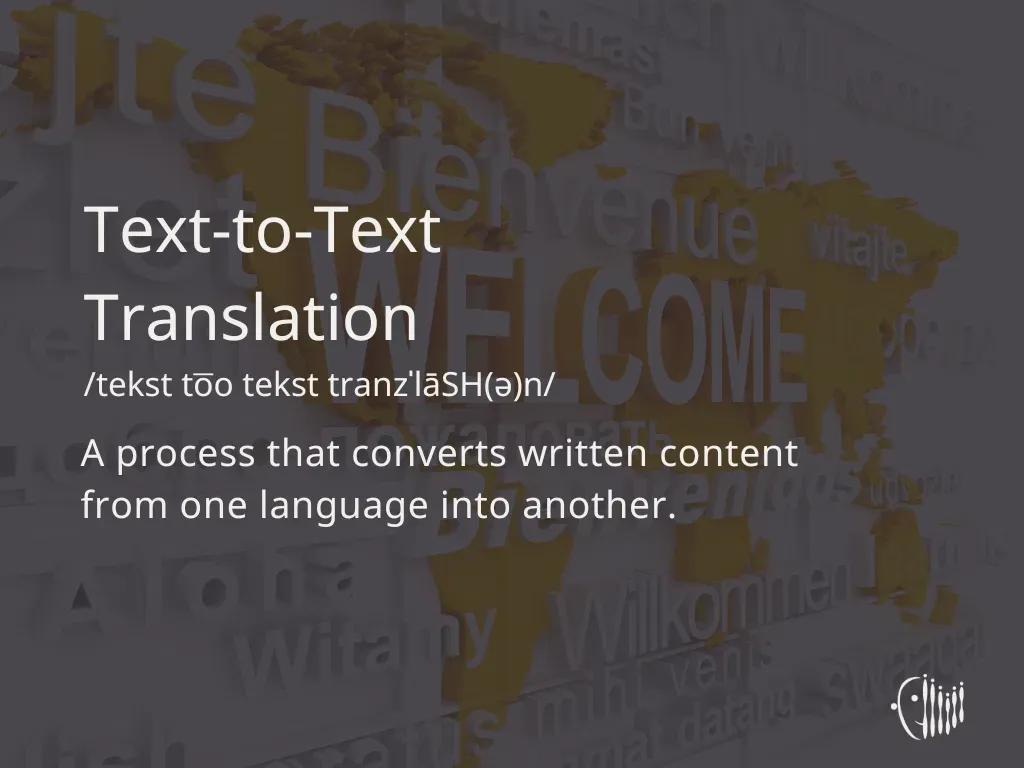
What is Speech-to-Speech Translation?
Speech-to-speech translation is a more complex form of AI translation. It is a multi-step technology that transcribes spoken words into text, translates the text into another language, and converts it back into speech.
This type of translation is transforming industries such as tourism, healthcare, and education.
Examples of Speech-to-Speech translator:
- Pocketalk: A compact, handheld device designed for real-time speech translation, Pocketalk supports multiple languages and is widely used by travellers and professionals for instant verbal communication.
- Papago: Developed by Naver, Papago offers accurate speech-to-speech translation with a focus on Asian languages, making it an excellent choice for travellers and businesses in the region.
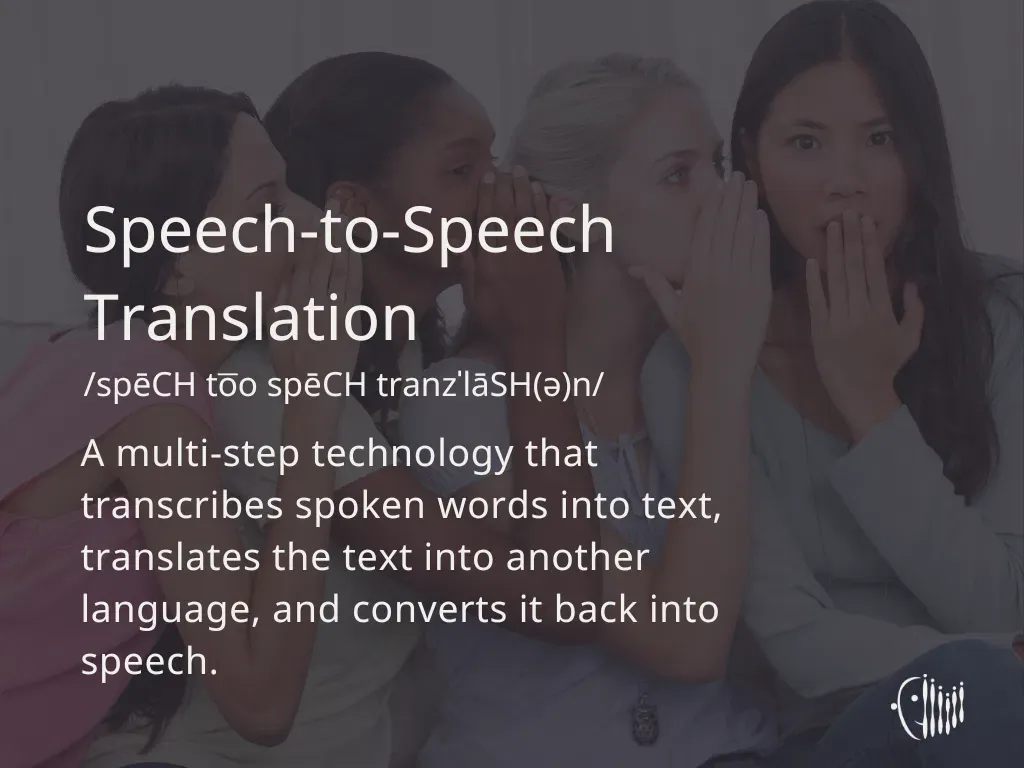
Why AI Translators Matter?
AI translation technology not only makes communication easier but is also a relevant solution in the modern era with the following benefits:
1. Overcoming Language Barriers
AI translators excel in speed. With an almost instantaneous result, AI translators can help travellers explore foreign cities, enable doctors to communicate with patients from different cultural backgrounds, and support businesses in reaching a global audience.
2. Improve Accessibility
Tools like Pocketalk allow travellers to experience local creatures without language barriers in tourism. AI translator can also help people with disabilities or language barriers to access public services and better interact with others. In education, technology like as Speech-to-Text helps transcribe learning materials for students around the world, thus expanding access to learning globally.
3. Promotes Inclusivity
By enabling accurate real-time communication, this technology helps bridge gaps in understanding, build trust and create opportunities for cross-border collaboration.
4. Supporting the Global Economy
AI translation tools improve customer experience in retail, streamline international business operations, and create closer relationships in the business world.
What Tool to Use for AI-Powered Multilingual Call?
At VideoTranslatorAI, we’re gearing up to unveil ground-breaking AI translation tools designed to transform how the world communicates.
Our translation service includes a built-dictionary feature to handle culturally nuanced words.
In addition, our soon-to-be-released multilingual video call tool offers real-time two-way translation with support for 11 languages, including English, Mandarin, Cantonese, Arabic, Vietnamese, Punjabi, Greek, Korean, French, Croatian, and Indonesian.
With intuitive interfaces and features designed to enhance accuracy, our solutions are tailored to meet the needs of a diverse world.

Conclusion
AI translation technology is more than just a convenience. It’s a gateway to understanding and connection.
By harnessing tools like Speech-to-Text, Text-to-Text, and Speech-to-Speech translation, we can break down language barriers and create a more inclusive global community.
Ready to explore the possibilities? Stay tuned as we prepare to introduce VideoTranslatorAI’s cutting-edge solutions to the world!
If you have any questions, don’t hesitate to drop them here or hit us at hello@videotranslator.ai!
